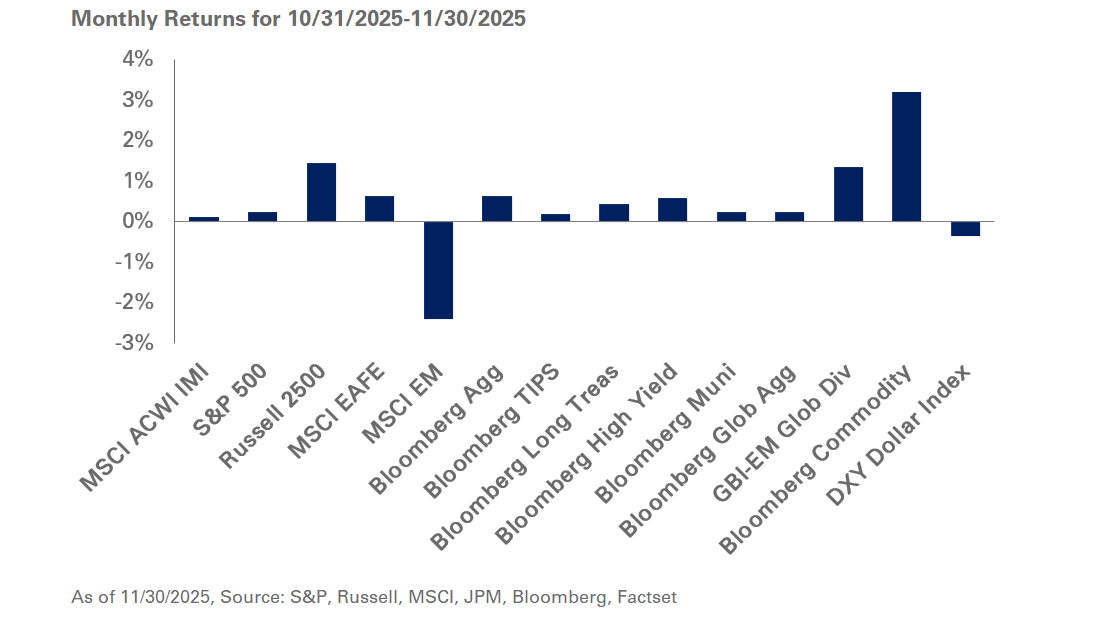NEPC Key Market Themes represent our view of the current drivers of the global economy. The themes evolve and interact over time, influencing asset values and opportunities. A disruption of a theme likely alters market dynamics and our investment outlook.
Late Cycle Dynamics
The US economy, with its low (but steady) GDP growth and tight labor market, remains ensconced in the late stage of the economic cycle.
We believe this late phase does not mean a recession is imminent, especially since the Federal Reserve’s accommodative monetary policy will likely prolong the current expansion, offsetting weak data and bolstering growth-sensitive assets. In a typical late market cycle, equity markets offer strong returns. That is not to say that it’s all sunny skies ahead. Volatility shocks—even caused by minor economic disappointments or market adjustments—can have an outsized impact and shake investor sentiment.
Given this heightened volatility—typical in this stage of the economic cycle—rebalancing plays an important role. Disciplined rebalancing affords investors the opportunity to maintain risk, liquidity and diversification targets, while also capturing improved pricing opportunities. We believe prematurely abandoning a long-term target allocation may detract from the long-term performance of an investment portfolio. Even though higher-than-average equity valuations and low yields are damping forward-looking returns, we caution against getting too defensive. To this end, we encourage investors to remain at strategic target equity weights, but brace for potential volatility. We also suggest an underweight to credit risk relative to safe-haven fixed-income exposure given meager spreads of credit bonds.
Other factors typical in a late stage: a tight labor market, higher inflation, and rising interest rates. The uniqueness of the current cycle is highlighted by subdued inflation levels, which have allowed the continuation of low interest rates. These trends do not invalidate the thesis of our Late Cycle Dynamics theme; rather, they underscore another key market theme, this one a new entry: Permanent Interventions, that is, the Fed’s accommodative policies. The central bank’s current monetary policy, a direct result of late-cycle pressures, is likely muting the normal fluctuations of an economic cycle, thereby extending its life.
To be sure, if the Fed pivots to a more restrictive monetary policy, it could result in a recession. That said, this appears unlikely given the central bank’s commitment to bolster market sentiment. The current market environment is characterized by a unique set of risks and a more nuanced investment outlook. We advocate caution given the uncertainty around time horizon and the wide range of potential economic outcomes. To this end, there is a greater need for portfolio discipline. While recessionary concerns remain low, our outlook can quickly change on the back of a material change in economic indicators or a dramatic shift in central bank policy.



